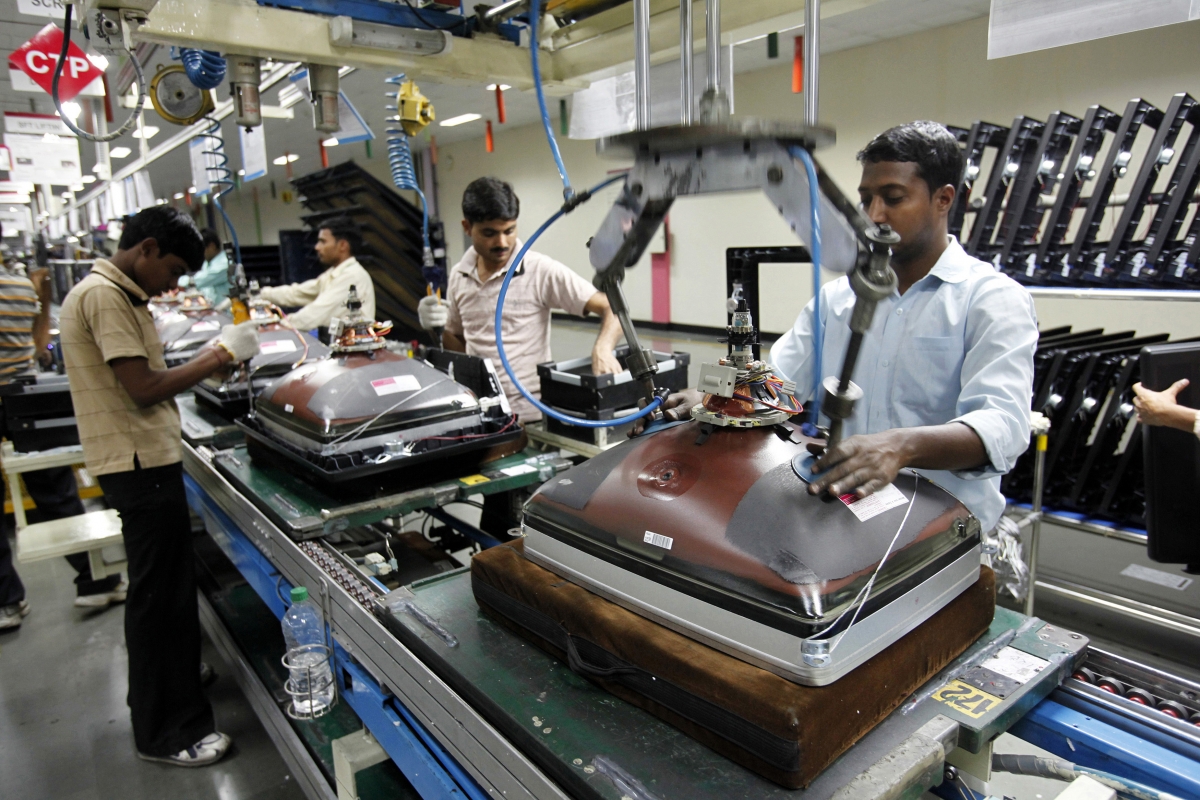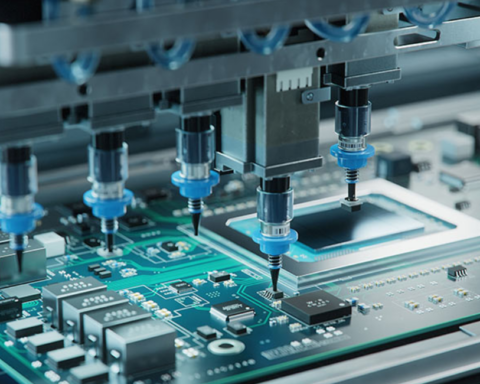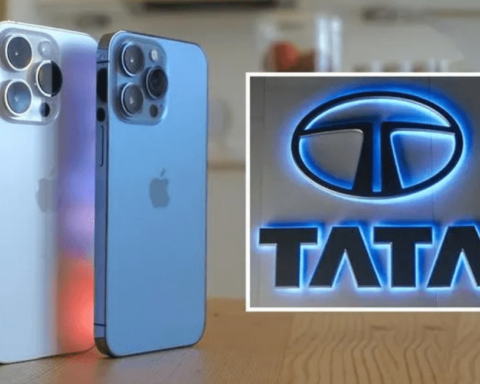The Ministry of Electronics and IT (MeitY) is developing an incentive programme to encourage domestic production of expensive components that might be used in items like cellphones, servers, and personal computers. The incentive programme is expected to cost between Rs 10,000 crore and Rs 12,000 crore.
According to officials familiar with the plan’s specifics, the goal of the components incentive programme is to create a fully functional ecosystem for electronics production in India. According to analysts, the measure may assist further entice multinational corporations like Apple to expand local production.
“The scheme may offer incentives on production of components as well as capital support for setting up production facilities. The final contours of the scheme are still to be finalised, but we are aiming to come out (with the policy) by next financial year (starting April 1),” an official said on the condition of anonymity.
The government has already stated that it would be willing to enter into joint ventures (JV) with Chinese companies for high-tech components, allowing companies like Apple to increase their manufacturing in India. The incentive programme for components will help businesses in places like Taiwan, Korea, and Japan relocate or open new branches here.
The components incentive programme gains even more significance as a result of the March 2023 expiration of the existing plan for the promotion of manufacture of electronic components and semiconductors (SPECS), which has a budget of Rs 3,285 crore. In April 2020, SPECS was introduced together with the three-year, Rs41,000 crore production-linked incentive (PLI) programme for smartphones.
The SPECS programme was created to encourage the production of high-value-added goods such camera modules, vibrator motors, display assemblies, and touch panels, which are all electronic components and subassemblies. The programme also offers financial incentives for the production of capital goods made of the electronic products covered by the programme.
According to the Indian Cellular and Electronics Association, the initiative has so far resulted in investments of about Rs 12,000 crore (ICEA). In order to encourage component manufacture, the industry has demanded that SPECS be extended for an additional five years with a financial commitment of at least Rs 10,000 crore.
According to the ICEA, it is impossible to establish a relocation pathway to deepen global value chains in India without tier-2 and -3 manufacturers for finished products, subassemblies, and components from India’s neighbour given the massive dependence on China for finished products, especially IT hardware.
By 2026, the government wants to see $300 billion in electronics production, with $18 billion of that amount perhaps going toward components. According to the industry, the government must continue to support it because the Indian electronics system design and manufacturing sector is still 10–14% less competitive than that of other nations like Vietnam due to the high cost of financing, logistics, and power, among other factors.
The government, according to officials, is aware that a viable ecosystem for the production of electronics can only emerge when the components are created locally.
Even the PLI schemes that are now in place, like the one for IT hardware manufacturing, have a localization schedule, indicating the government’s intentions. If Chinese companies enter the market as a joint venture partner with any Indian company, the government is willing to grant selective approvals to them in order to make it profitable for component manufacturing companies.
The government seeks to promote joint ventures for the production of high-tech electronics with companies from Taiwan, Japan, South Korea, and Europe in addition to China. The Center will shortly begin an exercise with the industry to find potential Indian businesses that can enter electronics manufacturing through such arrangements.








